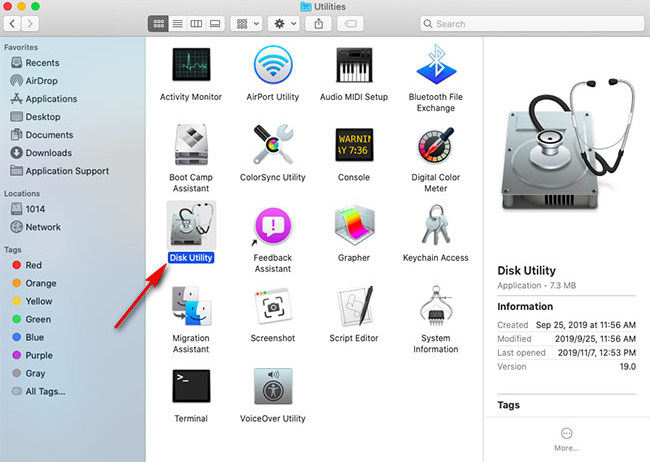
In fact, you have a couple of ways to do this: either using Disk Utility to format the drive before installing macOS or cloning your drive using a third-party tool.
HOW TO REFORMAT A USB DRIVE ON MACBOOK PRO INSTALL
macOS users can also install the OS onto a USB drive and work with the same installation that’s on your internal (and faster) drive. Linux users know that booting from a USB drive is a useful way to get into the OS. In short, we don’t recommend it, and it’s likely not supported. Under the 'Devices and drives' section, right-click the.

We also don’t know whether you’ll experience issues if you look to install an older OS you don’t own. To format a USB flash drive using File Explorer on Windows 10, use these steps: Open File Explorer.
HOW TO REFORMAT A USB DRIVE ON MACBOOK PRO MAC
Though, if your Mac is based on Apple Silicon, you may find incompatibilities. In theory, there’s no reason why you couldn’t boot an older version of macOS, and Apple does offer ways to install older versions on a USB. Can I boot older versions of macOS from a USB drive? Time Machine, however, gives you the possibility to create an automatic backup of the data on your hard drive before formatting it. Formatting an external hard drive with Time Machine is as easy as formatting it with Disk Utility. Our testing gave us no issues when using a USB 2.0 to USB-C connector, so you’re able to press your older USB drives into service. Method 2: Format Mac Hard Drive with Time Machine. Am I able to use a USB connection other than USB-C? We recommend 16GB to give yourself enough “wiggle room” when it comes to the installation process.

As such, you’ll need a large enough USB drive to store Big Sur. In our experience, you will not be able to do this. Can I split an installation across multiple USB drives? After DU loads select your external hard drive (this is the entry with the mfgr.s ID and size) from the left side list. Disk operations on the boot drive can be performed safely from a USB stick as well. Select Disk Utility from the main menu and click on the Continue button. Click on the Erase tab located at the top of the window. Choose the startup disk that you want to use (It’s usually labeled as Macintosh HD). Select Disk Utility from the Utilities window.

You can now run the operating system as normal and use this USB drive to boot up your Mac. Hold the Command and R keys down for a few seconds until the Utilities window appears. For Intel Macs, restart and hold the Option key to enter into the boot selection dialog.įor both types of machines, use your keyboard’s arrow keys to select the USB drive from the list of bootable devices, click to confirm, and your USB drive will begin to boot.


 0 kommentar(er)
0 kommentar(er)
